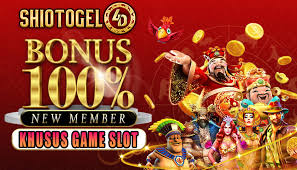One of the mistakes I often see with sell buy or beginning e-mini traders is a tendency to take too many trades. This is called over-trading. On a typical day, I may see between 3 – 5 potential trades in the morning trading session. Just to cover myself, I will admit that every now and then you have days when there are more than five setups in the morning trading session, and there are some days when I don’t see any trades in the morning session.
That being said, it’s not unusual for one of my traders to have 10 or more trades in a time period where I only see 2 or 3. What is that all about?
There are a several variables that cause an inexperienced trader to take too many trades. With very few exceptions, the only person who makes money on an over-traded account is your broker. Let’s look at some causes of over-trading:
Starting the day with a substantial losing trade can cause even experienced traders to over-trade. In my personal trading, there is no worse feeling than looking at my trading DOM and seeing $-750 in bright red numerals. I have to fight the impulse to try and get my account back to even money as fast as possible. I find that this is a nearly universal impulse among e-mini traders.
· This universal impulse can cause traders to take trades that are lower probability than normal. Under normal conditions, most traders go through a trade evaluation process that should be conservative in nature and decide to take only the highest probability trades. On the other hand, on a morning you are in the red from the start, it is not uncommon to lower your criteria and choose a higher risk/lower probability trade; the end result, in this situation, is often a second losing trade. Individuals increase their trading risk profile by altering their risk management plan because they had an initial losing trade.
· Another common pitfall a trader may find himself/herself in also centers on an initial trade that results in a substantial loss. Just like our previous example, the e-mini trader is staring at a $-750 in bright red on their trading DOM. What’s another way to get back to even quickly? Trade more contracts. In this scenario, the trader may make a thorough evaluation of the trade, then take the trade with double the number of contracts than they would normally execute. Again, if the trade moves against the individual, the increased leverage doubles the size of the loss. In this situation, traders increase their risk profile by altering their money management plan because they had an initial losing trade.
· Finally, it is not uncommon for a trader to have a day where he or she is not emotionally prepared to trade. When a trader is not prepared emotionally, the results can be disastrous. I find myself in an “emotionally unprepared” state one or two days per year. On those days, I tend to throw the trading plan out the window and take trades that are illogical, disorganized, and poorly constructed from a technical standpoint. I have increased my risk by altering my trading plan and the result is generally a losing day. As I have gotten older I have become more proficient at identifying this problem early on in the trading session and can usually stop trading and go golfing before costing myself very much money. I don’t know why these in frequent events occur, but most traders admit that they rear their ugly head from time to time.
As you can see, all of these over-trading problems have their roots in emotional control, or more accurately, lack of emotional control. It is my opinion that learning to control your emotions is essential for trading success. I teach several different techniques which allow an e-mini trader to assess their emotional state before each trading session and generally recommend some fairly simple emotional/intellectual exercises to calm down and prepare for the day of trading.
